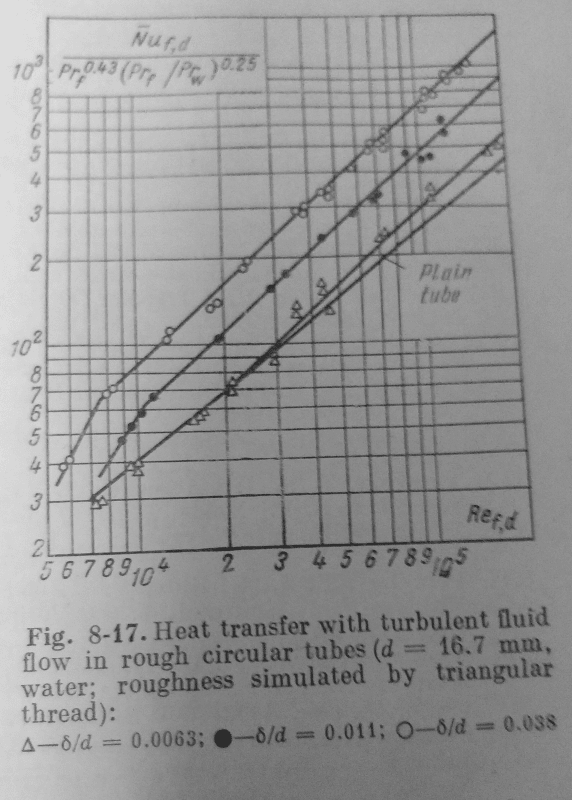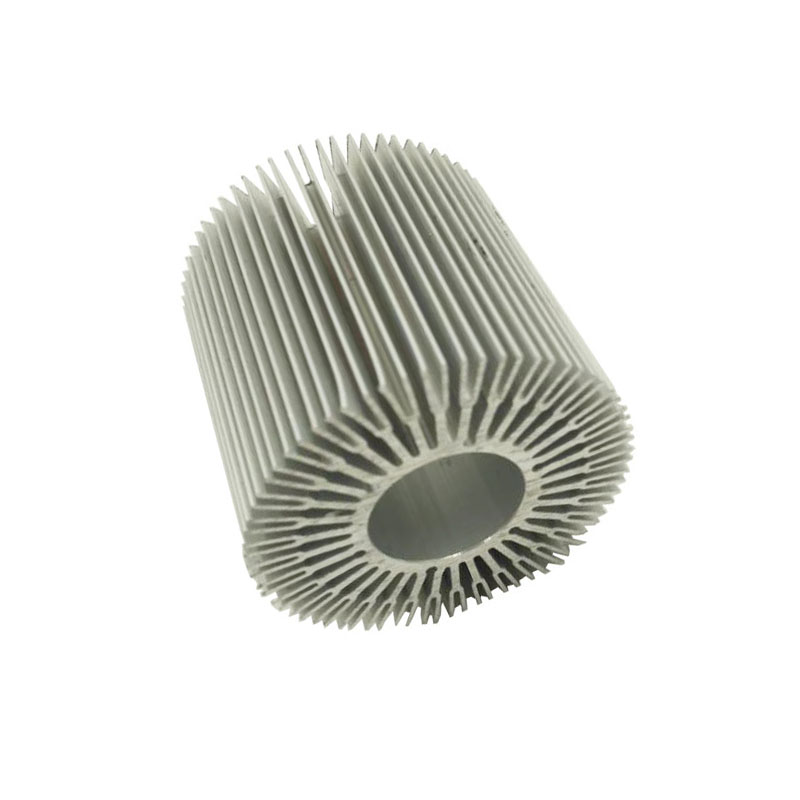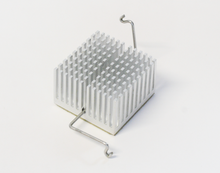WelshEngineer87
Automotive
Hi all,
I'm currently building a 2D heat transfer model in matlab of a pipe and want to account for the effect of different surface roughness on the external surface of the pipe in contact with external airflow at 90deg to the longitudinal axis of the pipe.
I'm currently using Churchill Bernstein correlation to calculate the nusselt numbers however this method doesn't account for surface roughness. Anyone aware of any equations / correlations that can be used to account for this?
Thanks
I'm currently building a 2D heat transfer model in matlab of a pipe and want to account for the effect of different surface roughness on the external surface of the pipe in contact with external airflow at 90deg to the longitudinal axis of the pipe.
I'm currently using Churchill Bernstein correlation to calculate the nusselt numbers however this method doesn't account for surface roughness. Anyone aware of any equations / correlations that can be used to account for this?
Thanks



